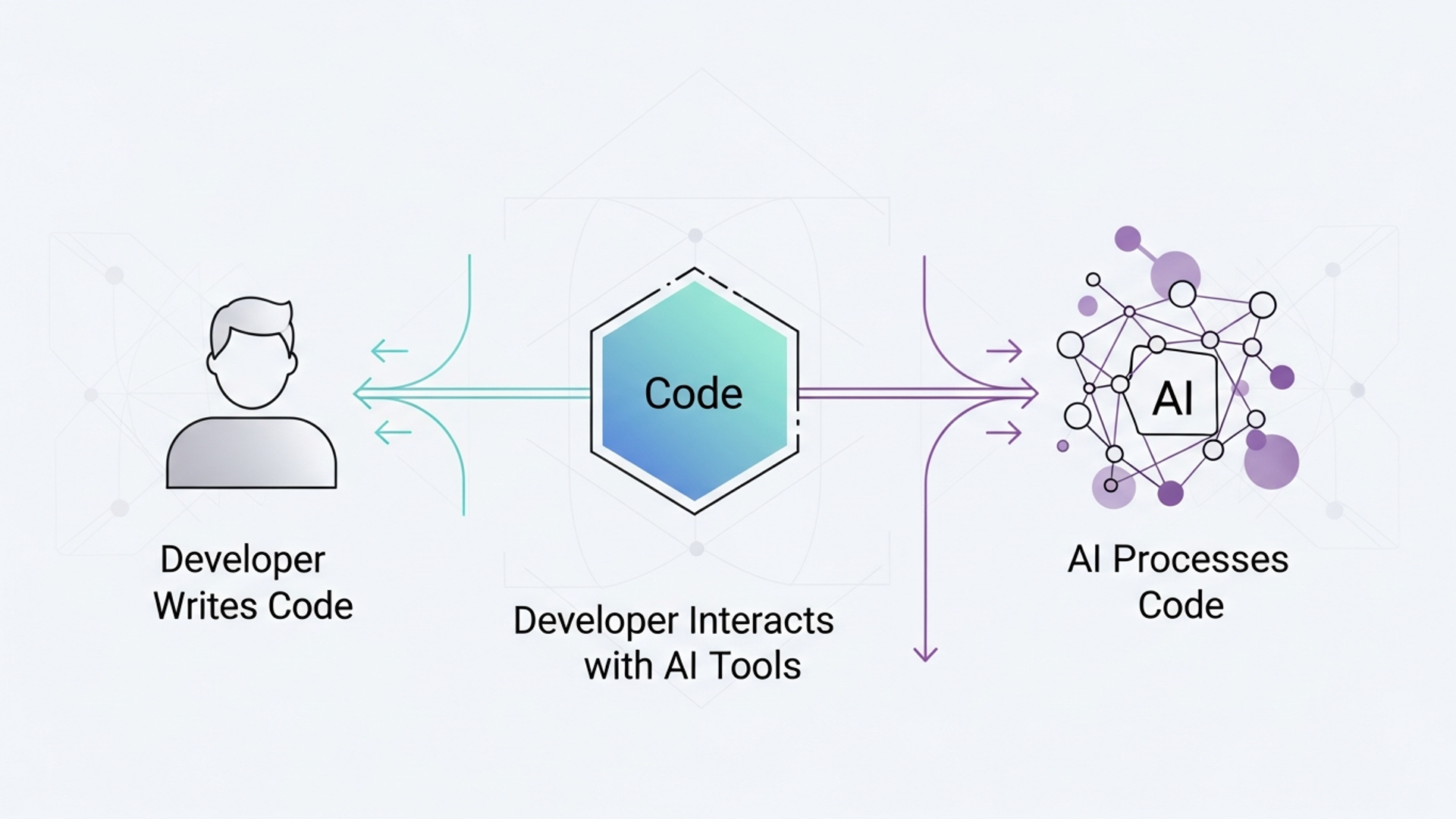The Developer, The Code, and The AI

Over the past week, I’ve been exploring how artificial intelligence fits into my everyday workflow as a developer. I didn’t go into it trying to replace the way I build things, but rather to see what could happen if I let these tools assist me in small, practical ways. What I found was that AI can be a surprisingly capable partner when guided with intention and clarity. It can move fast, adapt quickly, and often spark new ideas. But like any tool, it still needs structure, review, and human judgment to create something that actually works.
🚀 Building in Minutes
One thing that stood out right away was speed. I was able to set up a complete full-stack environment in about twenty minutes — backend APIs, Docker containers, frontend scaffolds, and deployment configurations all ready to go. That used to take hours.
By letting AI handle repetitive setup tasks, I could focus on the parts that really matter: architecture, design, and security. Of course, it wasn’t flawless. It sometimes lost track of earlier details or generated code that wasn’t up to date. To fix that, I started building my own rules, templates, and prompt styles so the results were more consistent. The clearer my instructions became, the more useful the outcomes were.
🔐 Security and Awareness
Security became the biggest lesson. Using AI doesn’t mean I can relax about safety — if anything, it made me more aware of how easy it is to overlook small but critical details.
I began double-checking everything it produced:
- Making sure validations were solid
- Ensuring no secrets or tokens were exposed
- Keeping dependencies clean and updated
I added automated checks into my workflow for secret scanning and vulnerability detection. I also started thinking more deeply about data privacy, especially how to safely handle or mask sensitive information before it ever interacts with AI-driven systems.
This shift reminded me that even as automation grows, human oversight remains the foundation of secure development.
🧠 Experimentation and Pattern Recognition
Experimentation quickly became my favorite part. Using Docker as my local sandbox, I could spin up and test different tech stacks like FastAPI, Angular, DynamoDB, and MongoDB without worrying about breaking anything.
I realized that being an effective developer isn’t about mastering every framework — it’s about recognizing patterns and understanding how systems fit together. AI helped me see those connections more clearly. It’s reducing language barriers between technologies, making it easier to focus on logic, structure, and performance instead of syntax.
🌐 Rethinking the Workflow
AI is also reshaping how we approach user experience and development processes. Prototyping feels faster, more fluid, and collaborative. I can move from idea to working model in minites instead of days.
It’s not just about coding faster — it’s about thinking differently. Developers, designers, and intelligent systems are now part of the same creative process. My role is evolving from writing lines of code to designing systems that build responsibly and efficiently.
💡 Reflection
Looking back, I’ve realized this week wasn’t about replacing how I work — it was about reimagining it. Automation can make everything faster, but creativity, direction, and meaning still come from the human side. The real value lies in knowing when to trust the tools and when to rely on experience.
The future of development will belong to those who can blend creativity, automation, and security — people who use technology not as a shortcut, but as an extension of their own insight and craftsmanship.